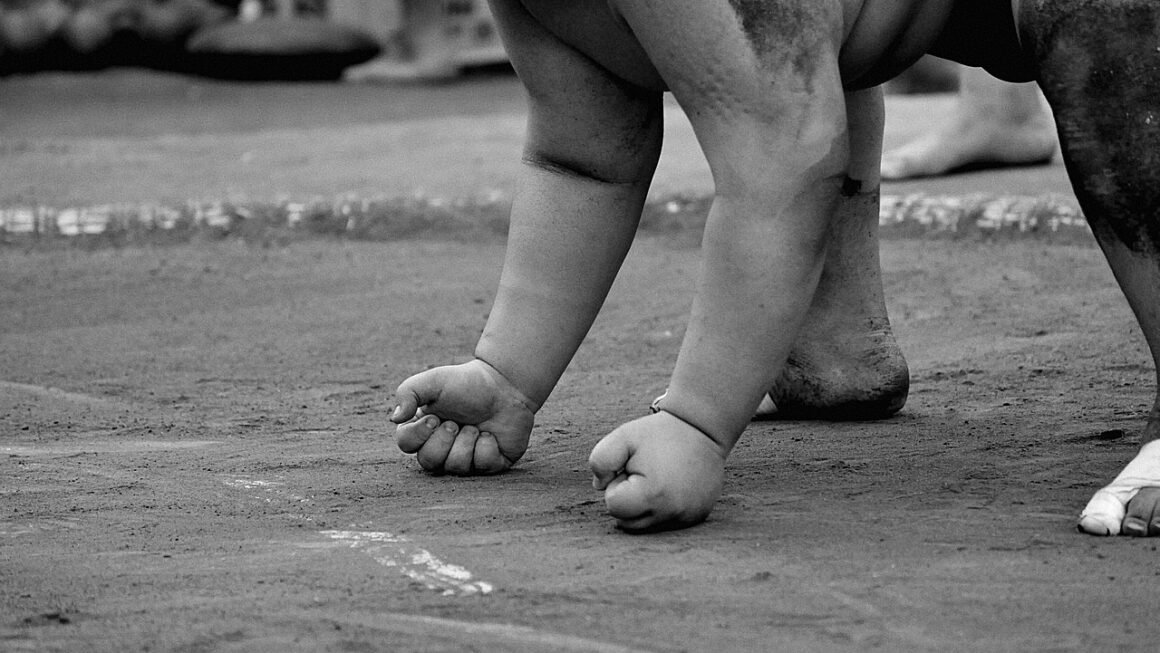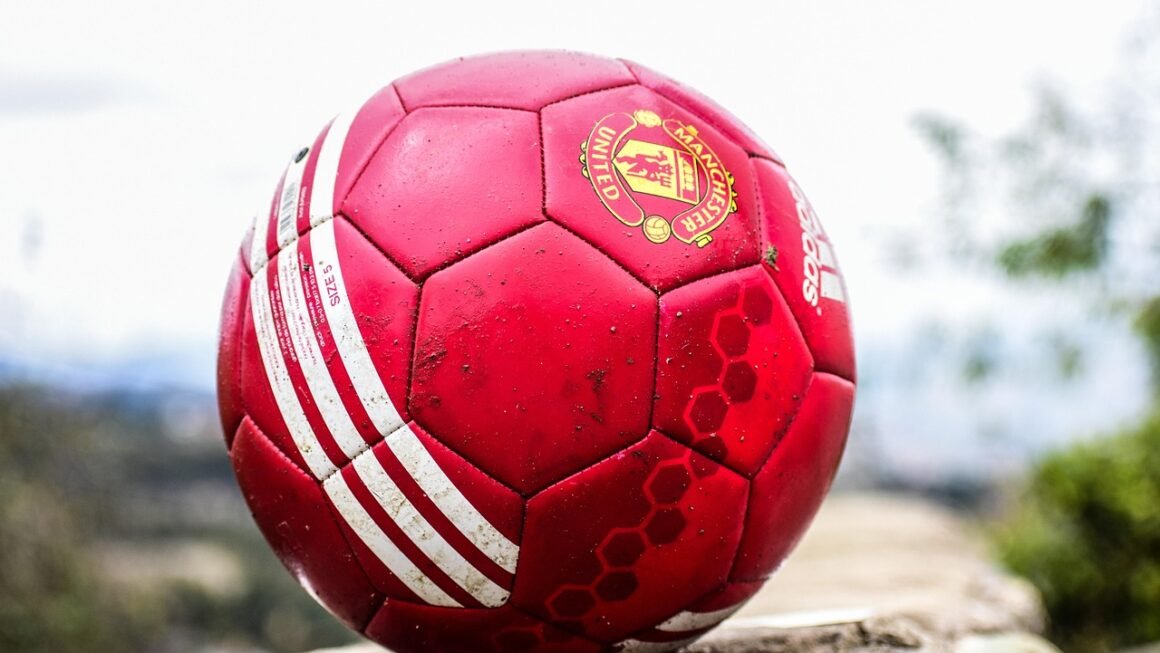Karate, more than just a martial art, is a journey of self-discovery, discipline, and physical prowess. Originating from Okinawa, Japan, this dynamic fighting style has captivated millions worldwide, offering a pathway to improved fitness, mental fortitude, and self-defense skills. Whether you’re a seasoned martial artist or a curious beginner, this comprehensive guide will delve into the core principles, benefits, and techniques of karate, providing you with a solid foundation to explore this fascinating art form.
The Origins and Evolution of Karate
Okinawan Roots and Chinese Influence
Karate’s history is rich and complex, tracing back to the Ryukyu Kingdom (modern-day Okinawa). The indigenous fighting methods, known as “Te,” were influenced by Chinese Kenpo brought over by traders and diplomats. This fusion led to the development of what was initially known as “Tode” or “Chinese Hand.”
- Te: The indigenous Okinawan fighting system.
- Kenpo: Chinese martial arts that significantly shaped karate.
- Tode: Early name of karate, meaning “Chinese Hand.”
From “Chinese Hand” to “Empty Hand”
In the early 20th century, Gichin Funakoshi, considered the father of modern karate, played a pivotal role in popularizing karate in mainland Japan. He changed the name from “Tode” (Chinese Hand) to “Karate” (Empty Hand), a strategic move to gain acceptance and distance the art from its Chinese origins during a period of political tension. The “empty hand” also signifies the philosophy of karate, which emphasizes fighting without weapons.
Major Karate Styles
Over time, various styles (Ryu) of karate emerged, each with its unique characteristics and emphasis. Some of the most prominent styles include:
- Shotokan: Known for its linear techniques, powerful strikes, and emphasis on stances. (Funakoshi Gichin)
- Goju-Ryu: Combines hard and soft techniques, incorporating circular movements and close-range fighting. (Chojun Miyagi)
- Wado-Ryu: Emphasizes fluidity, evasive movements, and joint locks. (Hironori Otsuka)
- Shito-Ryu: A comprehensive style that incorporates elements from both Shuri-te and Naha-te traditions, known for its wide variety of kata. (Kenwa Mabuni)
- Kyokushin: A full-contact style known for its rigorous training and emphasis on physical conditioning and spirit. (Masutatsu Oyama)
The Core Principles of Karate
Kihon (Basic Techniques)
Kihon refers to the fundamental techniques of karate, including:
- Stances (Dachi): Provide stability and power. Examples include Zenkutsu Dachi (Forward Stance), Kokutsu Dachi (Back Stance), and Kiba Dachi (Horse Stance).
- Strikes (Tsuki/Uchi): Punches, strikes, and blows. Examples include Oi Tsuki (Lunge Punch), Gyaku Tsuki (Reverse Punch), and Shuto Uchi (Knife-Hand Strike).
- Blocks (Uke): Used to defend against attacks. Examples include Age Uke (Rising Block), Soto Uke (Outside Block), and Gedan Barai (Down Block).
- Kicks (Geri): Foot techniques used for striking and defense. Examples include Mae Geri (Front Kick), Mawashi Geri (Roundhouse Kick), and Yoko Geri (Side Kick).
Kata (Forms)
Kata are prearranged sequences of movements that simulate combat against multiple imaginary opponents. They are a crucial part of karate training, developing:
- Technique Refinement: Practicing kata helps refine basic techniques and improve body mechanics.
- Muscle Memory: Kata drills instill muscle memory, allowing for quicker reactions in real combat situations.
- Focus and Concentration: Performing kata requires intense focus and concentration, enhancing mental discipline.
- Rhythm and Coordination: Kata helps develop rhythm, coordination, and balance.
- Example: Heian Shodan (Shotokan) is a foundational kata that teaches basic stances, blocks, and strikes.
Kumite (Sparring)
Kumite is the application of karate techniques in a sparring environment. It helps students develop:
- Timing and Distance: Judging the right moment to strike and maintain optimal distance.
- Reaction Speed: Responding quickly to an opponent’s attacks.
- Strategy and Tactics: Developing a game plan and adapting to the opponent’s movements.
- Control and Restraint: Executing techniques with control to avoid unnecessary injury.
Different forms of kumite exist, including:
- Kihon Ippon Kumite: Prearranged one-step sparring.
- Jiyu Ippon Kumite: Free one-step sparring.
- Jiyu Kumite: Free sparring.
Benefits of Practicing Karate
Physical Benefits
- Improved Cardiovascular Health: Karate training involves dynamic movements that elevate the heart rate and improve cardiovascular endurance.
- Increased Strength and Endurance: The constant practice of stances, strikes, and kicks builds muscle strength and endurance.
- Enhanced Flexibility and Coordination: Karate movements require flexibility and coordination, which are improved through regular training.
- Weight Management: Karate is a calorie-burning activity that can help with weight management and overall fitness. A 150-pound person can burn approximately 400-500 calories per hour of karate training.
Mental and Emotional Benefits
- Increased Self-Confidence: Mastering karate techniques and progressing through the ranks boosts self-confidence.
- Improved Focus and Concentration: Karate training requires intense focus and concentration, which translates to improved cognitive function.
- Stress Reduction: The physical exertion and mental discipline of karate can help reduce stress and promote relaxation.
- Enhanced Self-Discipline: Karate instills self-discipline and respect, which are valuable qualities in all aspects of life.
Self-Defense Skills
- Effective Self-Defense Techniques: Karate teaches practical self-defense techniques that can be used in real-world situations.
- Increased Awareness: Karate training enhances awareness of one’s surroundings and potential threats.
- Improved Reaction Time: Regular practice of blocks, strikes, and kicks improves reaction time, making it easier to defend against attacks.
- Confidence in Self-Defense: Knowing how to defend oneself can provide a sense of security and confidence.
Getting Started with Karate Training
Finding a Reputable Dojo
Choosing the right dojo (training hall) is crucial for a positive karate experience. Consider the following factors:
- Instructor’s Credentials: Look for an instructor with recognized qualifications and experience.
- Dojo Atmosphere: Visit the dojo and observe a class to assess the atmosphere and teaching style.
- Style of Karate: Choose a style that aligns with your interests and goals.
- Location and Schedule: Select a dojo that is conveniently located and offers classes that fit your schedule.
Essential Equipment
- Gi (Uniform): A traditional karate uniform.
- Belt (Obi): Represents your rank and experience.
- Protective Gear: Mouthguard, hand protectors, and shin guards are recommended for sparring.
Basic Etiquette
- Bowing (Rei): Bowing is a sign of respect to the instructor, fellow students, and the dojo.
- Cleanliness: Keep your gi clean and maintain good personal hygiene.
- Punctuality: Arrive on time for classes.
- Respectful Attitude:* Show respect to the instructor and fellow students at all times.
Conclusion
Karate is a rewarding martial art that offers a wide range of physical, mental, and emotional benefits. From its rich history and diverse styles to its emphasis on self-discipline and self-defense, karate provides a pathway to personal growth and well-being. Whether you’re seeking to improve your fitness, boost your confidence, or learn effective self-defense techniques, karate can be a transformative experience. Take the first step on your karate journey today and discover the power within.



